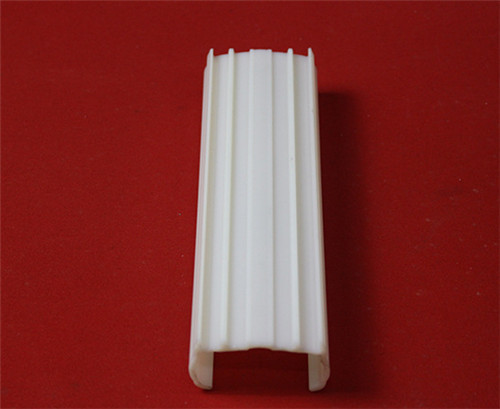
Phone Number :
08 22, 2023

Cable trough installation plays a crucial role in the efficient and seamless functioning of modern infrastructure systems. It provides a safe and organized pathway for the installation and maintenance of various cables, ensuring they are protected from external factors like moisture, dust, and physical damage. This comprehensive guide aims to provide a detailed and informative atlas for cable trough installation, covering the key aspects and best practices.
There are several types of cable troughs available in the market, each designed to cater to specific needs and requirements. The most commonly used types include:
- PVC Cable Troughs: These troughs are made of PVC material, which provides excellent durability, corrosion resistance, and insulation properties. They are widely used in indoor and outdoor applications.
- Metal Cable Troughs: Made of steel or aluminum, metal cable troughs offer high strength and robustness. They are commonly utilized in heavy-duty industrial settings where protection against extreme environmental conditions is essential.
- Concrete Cable Troughs: These troughs are constructed using concrete for maximum strength and durability. They are commonly used in areas where underground cable systems are installed, such as roadways and railway tracks.
The installation of cable troughs requires careful planning and execution to ensure optimal cable management. The following steps outline the general cable trough installation process:
1. Site Assessment: Conduct a thorough site assessment to determine the specific cable routing requirements, potential obstacles, and environmental conditions.
2. Cable Routing Design: Develop a comprehensive cable routing design that takes into account factors such as cable type, quantity, size, and future expansion plans.
3. Trench Excavation: Excavate the trench along the designated cable route, ensuring it is of sufficient depth and width to accommodate the cable troughs.
4. Trough Placement: Install the cable troughs securely in the excavated trench, ensuring they are properly aligned and leveled. Use suitable fixing mechanisms to secure them in place.
5. Cable Installation: Lay the cables within the installed cable troughs, ensuring they are neatly organized and secured to minimize any potential damage. Properly label the cables for easy identification and maintenance purposes.
6. Trench Backfilling: Once the cable installation is complete, carefully backfill the trench, ensuring proper compaction to provide stability to the installed cable troughs.
Follow these best practices to ensure a successful cable trough installation:
- Adequate Clearance: Provide sufficient clearance between cables and between cables and the trough walls to prevent overcrowding and potential damage during cable installation and maintenance.
- Proper Support: Ensure proper support for the cable troughs at regular intervals to maintain their structural integrity. This is particularly important for longer cable trough installations.
- Regular Inspection and Maintenance: Regularly inspect the cable troughs for any signs of damage or wear. Perform routine maintenance activities like cleaning, tightening of fasteners, and repairs, if needed, to ensure optimal performance and longevity.
The installation of cable troughs is of utmost importance for efficient cable management in modern infrastructure systems. This comprehensive guide highlighted the various types of cable troughs, the installation process, and best practices. By adhering to these guidelines, infrastructure professionals can ensure the effective organization and protection of cables, contributing to the overall reliability and performance of the system.